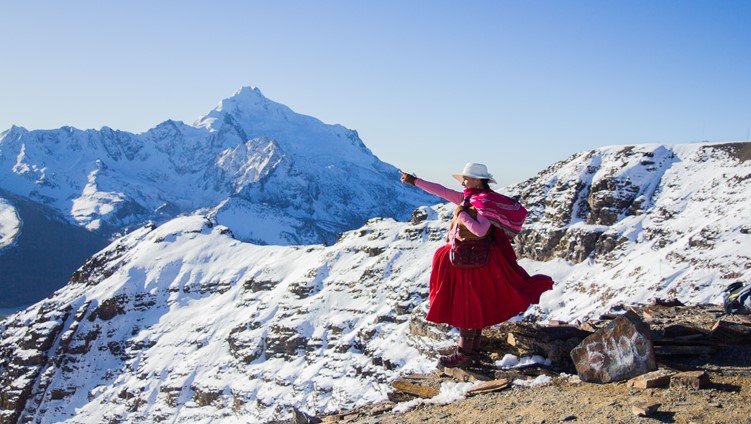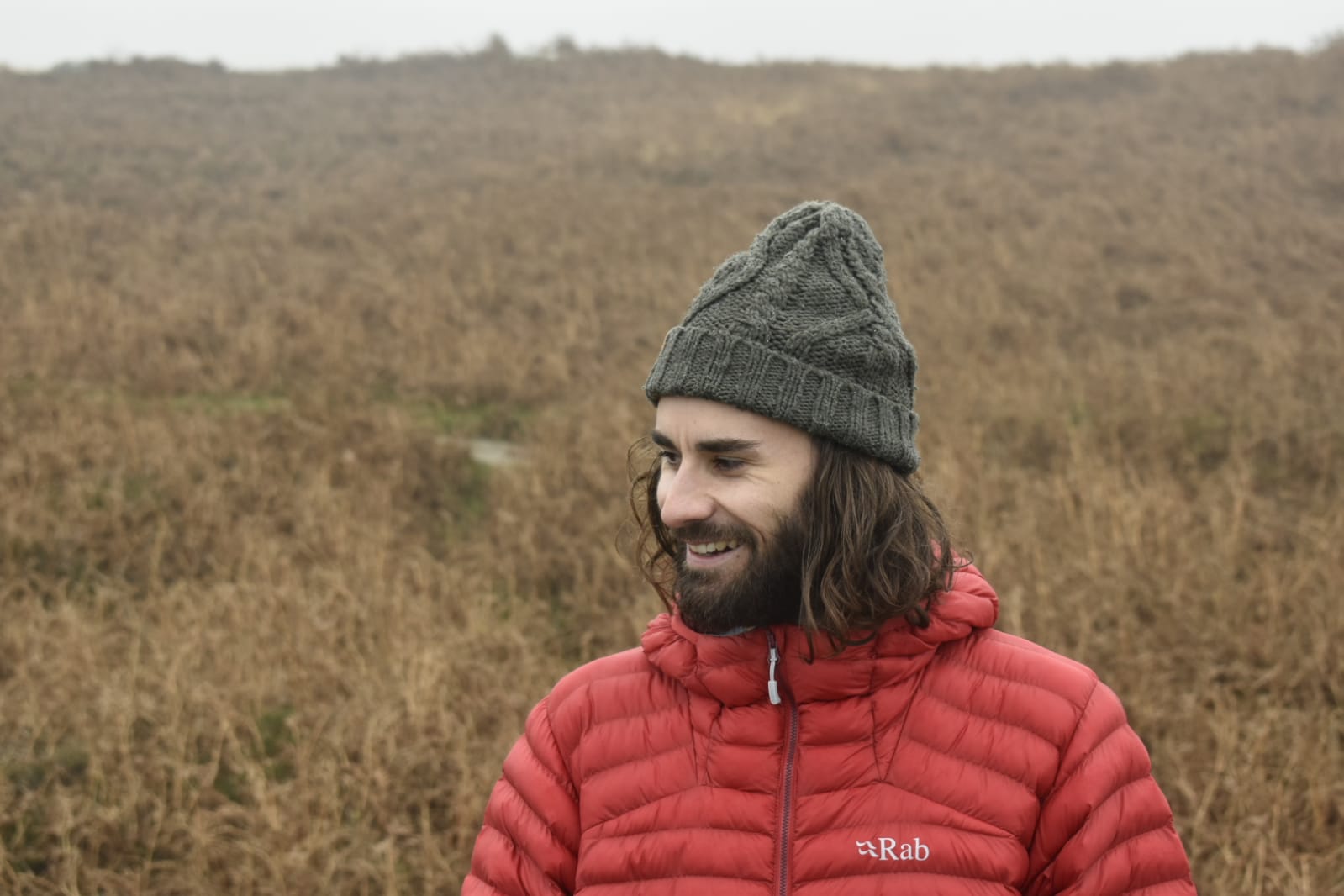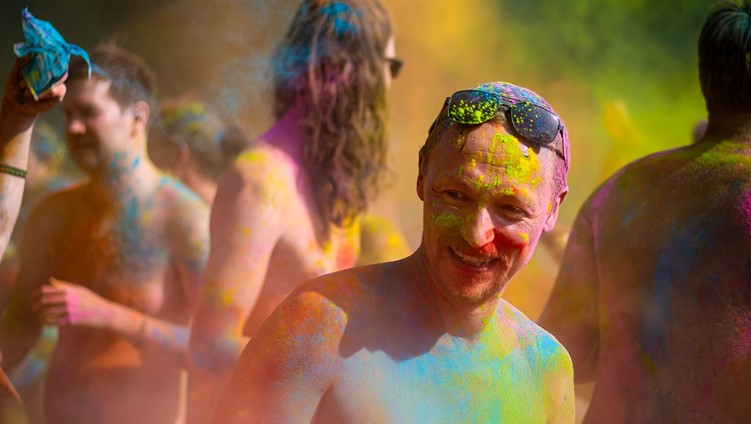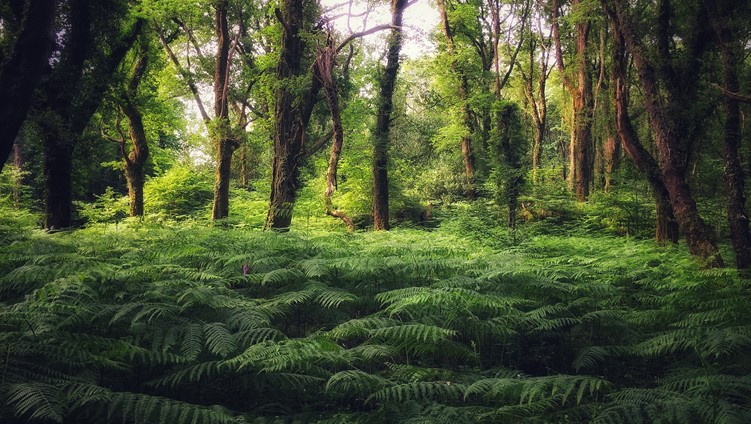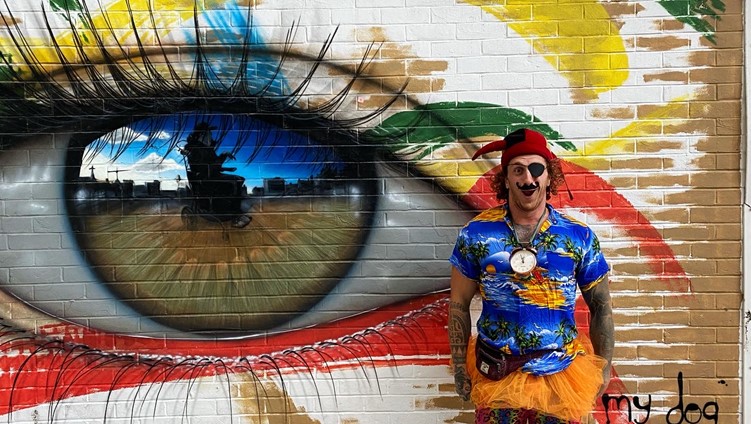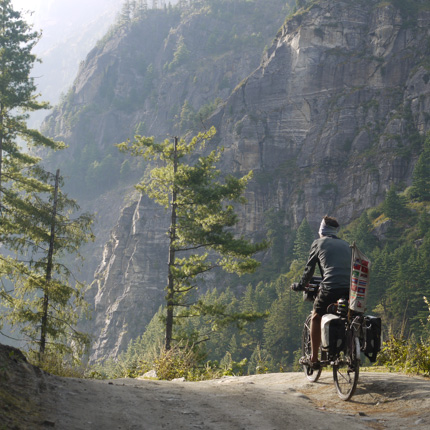
Our conversation, in a little Vancouver cafe, is about this writer-reader connection in adventure storytelling: about what makes compelling adventure stories, how they can support social change, and how far the publishing industry is realising their potential. These questions apply to all storytelling mediums, so their answers seem integral to fostering a more progressive adventure culture. And it is important to highlight the influential role gatekeepers working alongside, or behind, well-known adventure voices play in this regard. Traditionally, book editors have helped play this role of gatekeeper, but that role is changing as publishing models change to incorporate self-publishing and hybrid publishing.
Amanda—a renowned book editor with a passion for activism, “big ideas” and adventure—has worked on a parade of major titles, including Naomi Klein’s This Changes Everything and Kate Harris’s Lands of Lost Borders, winner of Canada’s prestigious RBC Taylor Prize for its elegant reflections on exploration and political borders interspersing an account of cycling the Silk Road.
“I think a lot of change still comes from books,” Amanda says, on the relationship between storytelling and social change. “Books are a really great way to convey the how and the what” behind progressive movements. She cites Rachel Carson’s Silent Spring—“one of the reasons the modern environmental movement launched”—and This Changes Everything, which is one account of the current climate change movement. “You can mark those moments in history with books.”
“The best books about social change and innovative storytelling challenge your thinking. They compel you with a really interesting story, then show you a way out,” a path toward broader thinking and action.
I ask what makes a compelling adventure story or pitch, in this context. Her first reference is Kate Harris: “She abandoned her academic studies to [bike the Silk Road], so I could tell she was really daring. So I’m looking for that adventurous spirit that you bring to venturing into the world, in your writing”
It becomes clear that Amanda means a new type of daring—even a new set of values—to be found in “different voices engaging” with adventure writing, which “has been really dominated by white guys forever, at least in this canon.”
“Kate wasn’t the first person to travel the Silk Road,” she says, expanding on this hunt for new voices, “but she came at it from a totally new angle. For me, adventuring doesn’t have to be like Alex Honold free soloing El Cap. That’s so intense. I’m not interested in that as a story, in a sense. There’s nothing new there: ‘It was hard and then I did it.’ I don’t want to hear the same stories over and over.”
Richer diversity is central to what Amanda calls “mission-driven publishing”—something that brings challenges: “It’s a publishing conundrum to connect a brand-new voice with an established readership. That’s the irony of publishing: when you’re trying to convince the sales team to buy this new book, they say, ‘What’s it like?’ And it’s not really like anything!”
'For me, adventuring doesn’t have to be like Alex Honold free soloing El Cap. There’s nothing new there, I don’t want to hear the same stories over and over'




So who are these new voices? And how effectively are they being heard?
The first question develops an existing thread in our conversation: the proliferation of women-led adventures. This goes beyond #MeToo, Amanda argues, highlighting Wild, Cheryl Strayed’s 2012 memoir about hiking the Pacific Crest Trail. “No one had really read anything like that. And part of this danger was that she was a woman alone on the trail, and a big risk was being harassed or set upon by men.”
The success of this bestselling book sets a precedent, “shows readers are hungry for that type of narrative,” and helps pave the way for accounts like Jan Redford’s End of the Rope, which “has all the hallmarks of great adventure. She’s hanging off the side of a cliff, and she loses her boyfriend in an avalanche.” Perhaps it also includes hallmarks of a new understanding of adventure? “The second half is about becoming a mom and choosing to leave her marriage and reinvent herself. I can think of no adventure greater than parenthood.”
Amanda also observes increasing diversity in terms of race and sexuality. She references Eritrean-American writer Rahawa Haile, currently working on a book about race and hiking the Appalachian Trail.
But her optimism peters out somewhat on our relationship with nature—perhaps the most daunting, prevalent issue adventure addresses. “People are definitely becoming more aware of the risks Indigenous and frontline communities have been facing for years,” she says, referencing the centrality of First Nations reconciliation to environmental debates in Canada but bemoaning the fact this often requires an affluent community to also be affected.
“In some sense, I think people are making that connection between the yellow fish on the storm drain and the pollution in the ocean,” she adds. “But other times people are just so comfortable with their blinders on, and I don’t know if that’s ever going to change. I’d like it to change, but I don’t think the most beautiful book on nature is going to do that. I hope it does.”
We finish by discussing Amanda’s own adventures: bike touring in northern British Columbia, creative city walks, and pilgrimaging to the region’s biggest trees as an amateur “big tree hunter”the subject of a soon-to-be-published book that she describes as a “memoir/blooper reel of searching for the largest trees in British Columbia, identifying the best and biggest parts of ourselves, and finding home in a vanishing world.”
But Amanda is insistent that her biggest adventures, really, are the books she edits. She’s a companion for those who are edging through uncharted creative terrain to the precipice of publication. “It’s totally adventurous!”
You can learn more about Amanda’s body of work on her website, and find her on Twitter at @aemlewis.
Portrait Photo credit: Rush Jagoe
Trees photo credit: Stephen Hui
Keep exploring

